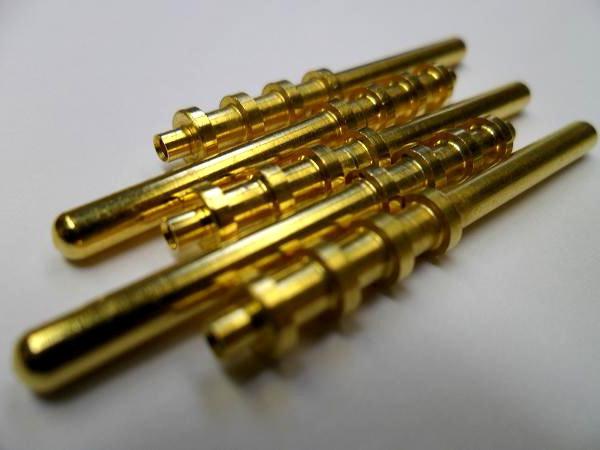Electrical conductivity characterizes the ability of substances to conduct electric current, this value is inversely proportional to electrical resistivity.
When it comes to the specific value, it means finding the measure of the parameter for the unit of the characterized object. Let's start with simple, generally accepted examples that will help you quickly understand the essence of what is happening.
Specific gravity is the simplest parameter showing the mass of one cubic meter of a substance under normal conditions. In this case, the measure of the parameter is a kilogram, and the unit of the object will be a cubic meter.
The condition for carrying out measurements under normal conditions is introduced for definiteness, since with increasing pressure, strictly speaking, a cubic meter of a substance will have a larger mass than at normal pressure. Looking ahead, we note that semiconductors, for example, can very noticeably change their electrical resistance with a change in temperature or illumination.
Now back to the question of what is electrical conductivity. As mentioned above, this value is the reciprocal of the resistivity, which in turn is interpreted as follows:
Resistivity is the resistance of a cube of matter with a side of 1 meter to an electric current, provided that the current flows strictly perpendicular to one of the faces of the cube. The conductivity can be treated in a similar way, it’s only worth adding that the requirements for conducting measurements under normal conditions are also vital for this case.
At the moment, science believes that the electrical conductivity is directly proportional to the square of the charge of the particles that form the current, their amount in the substance by the volume, and is inversely proportional to the mobility of the charge carriers. Understanding this interpretation is the explanation of why Ohm's law is not applicable to gases. At a certain value of the electromagnetic field strength, an ionization process takes place, and the current builds up like an avalanche. Which is used in welding or in elementary fluorescent lamps.

As for solutions, the situation is much more interesting if you approach them from these positions. The electrical conductivity of solutions depends primarily on the number of charge carriers, which are free ions charged negatively or positively. Since there are no such ions in pure distilled water , the electrical conductivity of water is close to zero. This means that the current through clean water will not go. Methods for measuring the salinity or contamination of water, in particular the ph factor, are based on this phenomenon.
Electrical conductivity is the decisive moment that makes the use of precious metals in electronics. Due to the extremely high value of this parameter, noble metals become a necessary element of the most accurate measuring technique. Little is known that the reflectivity of a metal also largely depends on its resistance, which is why mirrors are often made of silver.